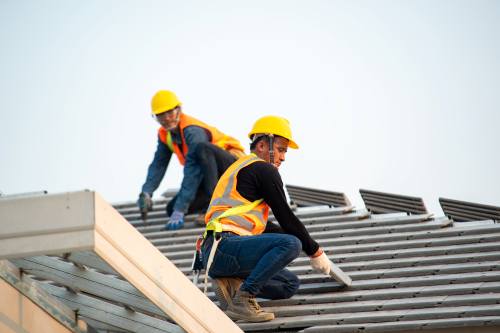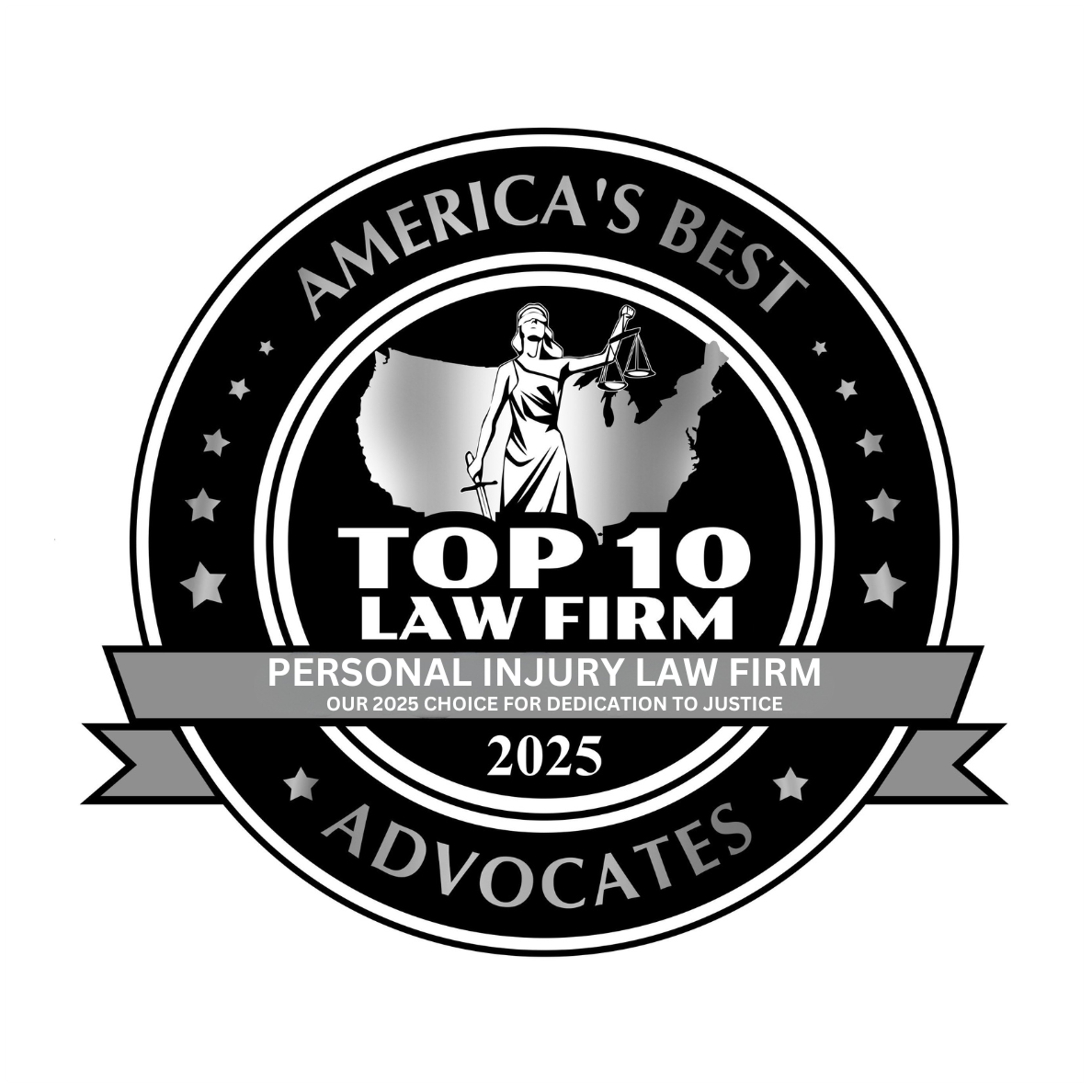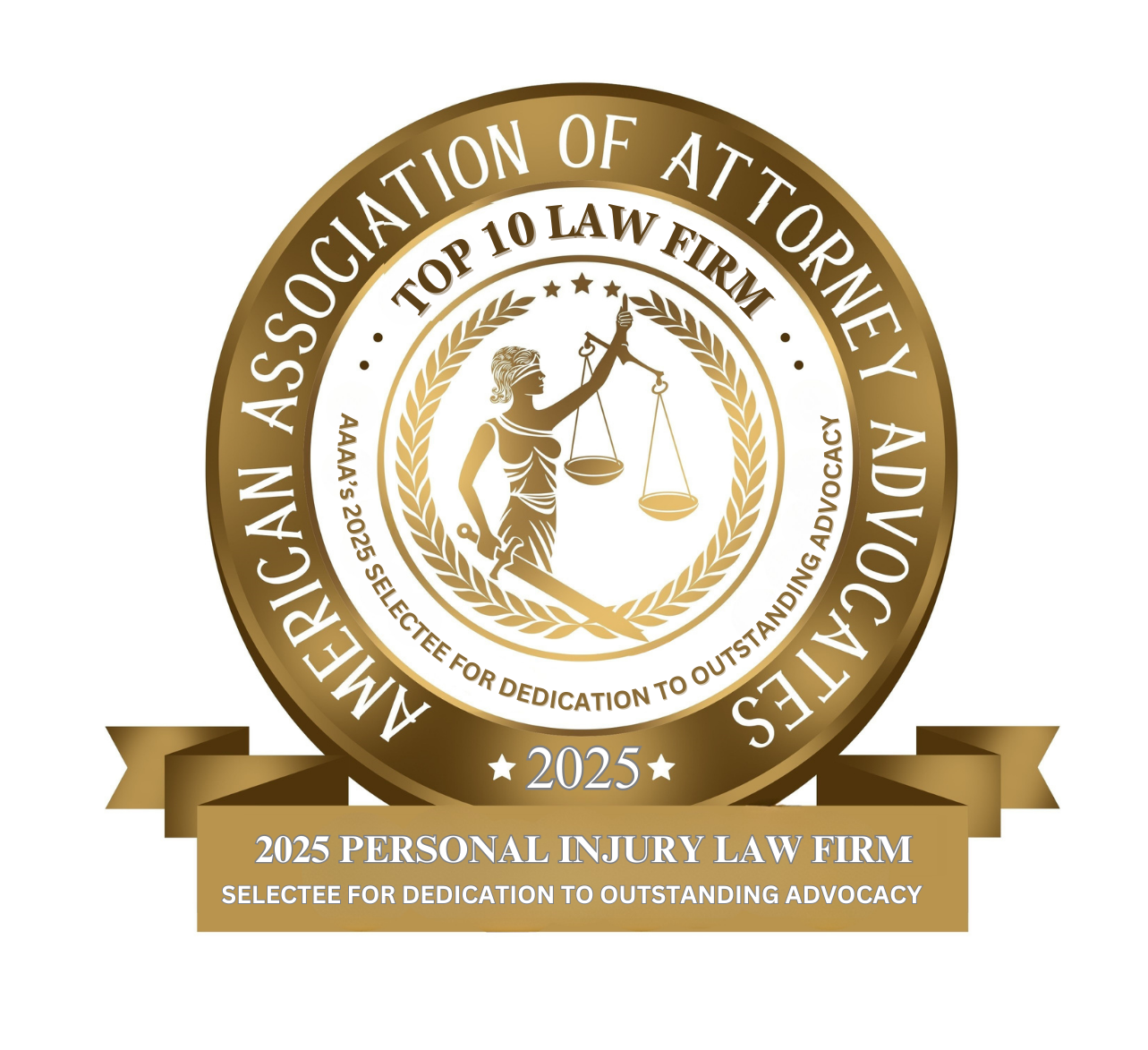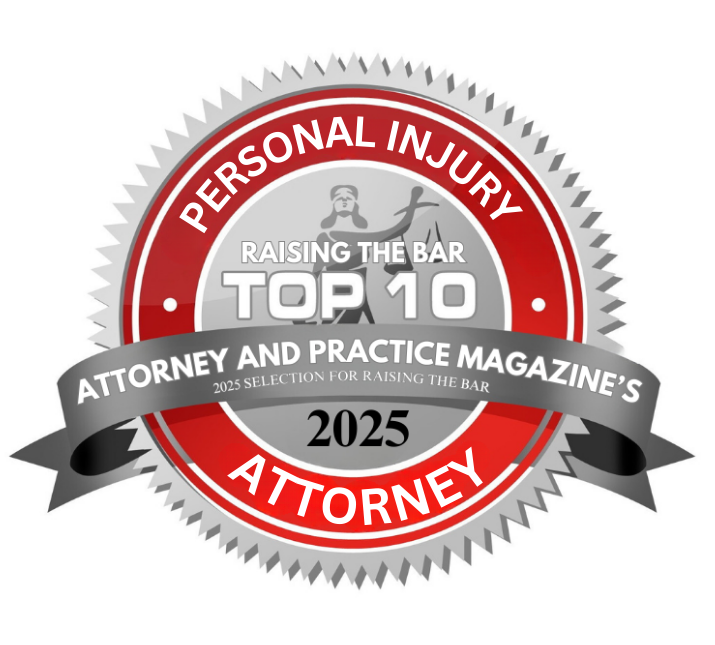Illinois Roofing Accident Lawyers
Experienced Attorneys for Injured Roofers
Working on roofs is one of the most dangerous jobs in construction. In Illinois, as across the nation, roofers face steep slopes, unpredictable weather, unprotected edges, and heavy materials that together make falls and traumatic injuries both frequent and often catastrophic.

At John J. Malm & Associates, we know the devastating impact that workplace accidents, especially roofing accidents, can have on Illinois families. For more than 25 years, our team has been committed to representing injured construction workers, roofers, and their families throughout Illinois. Our firm has earned a reputation for achieving outstanding results in cases involving serious falls, catastrophic injuries, and wrongful death. We understand the challenges injured workers face when dealing with medical bills, insurance companies, and employers who fail to follow safety standards. When negligence causes a preventable roofing accident, we fight tirelessly to hold the responsible parties accountable and help our clients recover the compensation they deserve.
“Roofing accidents are almost always preventable. Employers must prioritize fall protection, training, and equipment; homeowners and general contractors must insist on safe practices and competent, licensed crews. If you or a family member has been hurt on a roof, don’t delay, get legal advice right away so the cause of the accident is properly investigated and responsibility is pursued.” — John J. Malm, Naperville roofing accident attorney
How Dangerous is Roofing Work?
Roofing is among the most hazardous occupations in the construction industry. Roofers face unique dangers every day, working at heights, on steep slopes, and in unpredictable Illinois weather conditions. According to the U.S. Bureau of Labor Statistics (BLS), there were 5,283 fatal work injuries nationwide in 2023, and falls to a lower level remained the leading cause of death in construction. Roofing contractors alone accounted for about 26% of all fatal falls, slips, and trips in construction that year.
In Illinois, the BLS reported 177 fatal occupational injuries in 2022, many of which occurred in construction-related trades such as roofing. Despite advances in safety technology, inadequate fall protection and employer negligence continue to cause serious injuries and deaths on Illinois job sites every year.
Why Roofing Falls and Accidents Happen
Roofing accidents usually result from a combination of hazardous conditions and inadequate controls. Common contributing factors include:
- Lack of proper fall-protection systems (guardrails, safety nets, personal fall arrest systems).
- Failure to use or properly anchor harnesses and lifelines.
- Unprotected roof edges and skylights.
- Slippery surfaces from rain, ice, or loose debris.
- Insufficient training or supervision of workers.
- Unsafe ladders, scaffold setup, or extension ladder use.
- Time pressure, long hours, or rushed work during marginal weather.
These causes are not theoretical. Federal agencies repeatedly find the same issues during investigations of roofing incidents, and industry safety groups emphasize that basic fall protection and training prevent a substantial share of roofing fatalities and serious injuries.
Common Injuries in Roofing Accidents
When a roofing accident occurs, the injuries are often catastrophic. Because of the heights and surfaces involved, victims frequently suffer permanent or life-altering harm. Common roofing accident injuries include:
- Traumatic brain injuries (TBI): Caused by impact with the ground or falling materials, TBIs can result in long-term cognitive and physical impairments.
- Spinal cord injuries: Falls from roofs often lead to fractured vertebrae or paralysis, permanently altering a worker’s mobility.
- Broken bones and fractures: Arm, wrist, leg, and rib fractures are extremely common in roofing falls and can require multiple surgeries.
- Internal organ damage: Severe impacts can cause internal bleeding or damage to vital organs, requiring emergency treatment.
- Crush injuries: Roof collapses or heavy material drops can crush limbs or cause fatal injuries.
- Amputations: Contact with machinery or power tools can result in traumatic amputations.
- Soft tissue injuries: Severe sprains, torn ligaments, and muscle damage can sideline workers for months.
- Fatal injuries: Tragically, many roofing falls result in death, leaving families to pursue wrongful death claims.
According to the National Institute for Occupational Safety and Health (NIOSH), falls from roofs account for more than one-third of all fall-related deaths in construction, highlighting the severe risks roofers face daily.
The Toll of Roofing Accidents
Beyond the human tragedy, roofing accidents carry a steep financial cost. Medical treatment, rehabilitation, and lost wages can quickly total hundreds of thousands of dollars. The National Safety Council estimates that the average cost of a workplace injury resulting in a hospital stay exceeds $45,000, while fatal injuries can lead to economic losses of over $1.3 million per case.
For smaller roofing contractors and independent workers, a single accident can destroy a business and devastate families financially. These figures make clear that proper training, fall protection, and oversight aren’t just regulatory requirements; they are lifesaving investments.
Illinois Laws and Regulations Governing Roofing Safety
Federal and State Oversight
Roofing work in Illinois is regulated by both federal OSHA and the Illinois Department of Labor. These agencies enforce strict fall protection and safety training requirements. Under OSHA’s fall protection standard (29 CFR 1926.501), employers must provide protection for anyone working six feet or more above a lower level. Failure to comply can result in heavy fines and civil liability if a worker is injured.
Workers’ Compensation
In Illinois, most roofing workers are covered under the Illinois Workers’ Compensation Act, which provides benefits for medical bills and partial wage replacement regardless of fault. However, workers’ compensation often doesn’t cover the full extent of an injured worker’s losses, especially pain, suffering, or future wage loss. When negligence by a third party (such as a property owner, equipment manufacturer, or general contractor) contributes to the accident, injured roofers may pursue a third-party personal injury claim for additional compensation.
Third-Party Liability
Examples of potential third-party claims include:
- A property owner who fails to maintain a safe roof or directs unsafe work.
- A general contractor who ignores safety hazards or provides defective scaffolding.
- A manufacturer or supplier of faulty safety equipment or ladders.
An experienced Illinois construction accident lawyer can identify all potential defendants and determine whether multiple parties share liability.
Who is at Risk of Roofing Accidents and Falls?
While roofers and roofing contractors are the most obvious group at risk, roofing accidents can injure many others:
- Roofing crew members (roofers, roof laborers, foremen): highest exposure and highest fatality counts.
- Other construction trades working on roofs or elevated areas (carpenters, HVAC technicians, electricians).
- Homeowners and DIYers who tackle roof repairs without professional fall protection or training.
- Bystanders and pedestrians struck by falling tools or debris during roofing jobs.
- Occupants of adjacent buildings when materials or equipment are improperly secured.
Small employers (those with fewer than 20 employees) historically account for a substantial share of fatal falls in construction, partly because they may lack comprehensive safety programs or resources for training and equipment.
What To Do if a Roofing Accident Happens
Whether you’re a worker, a homeowner, or a bystander, take these steps after a roofing accident:
- For injured persons: call 911 if serious injuries appear and get medical attention immediately. Document all medical care.
- Preserve evidence: photographs of the scene, faulty equipment, ladders, guardrails, and weather conditions are invaluable. Preserve clothing and equipment used during the incident.
- Report the incident: employers must report severe injuries and fatalities to OSHA within prescribed timeframes. Workers should also report the incident to their employer and request that it be recorded in the company injury log.
- Collect witness information: names, phone numbers, and written statements (if possible) of coworkers or bystanders.
- If you’re an employer: secure the scene (to the extent possible without disturbing evidence), notify OSHA or the State of Illinois when required, and preserve equipment for inspection. Cooperate with investigators but avoid giving recorded statements to insurance representatives without legal advice.
- Consult an attorney experienced in construction or workers’ compensation law: an attorney can explain workers’ compensation rights, third-party claims (if applicable), and preservation of potential evidence for a future claim.
Frequently Asked Questions about Roofing Accident Claims in Illinois
Q: Who is responsible if a roofer falls on a job site in Illinois?
A: Responsibility depends on who controlled the work area and who caused or ignored the hazard. Employers are usually covered by workers’ compensation, but property owners, general contractors, or equipment manufacturers may be liable in third-party claims.
Q: Can a homeowner be sued if a roofing worker falls?
A: Typically, a homeowner isn’t liable if they hired a licensed contractor who maintained control of the job site. However, homeowners can face liability if they created or knew about unsafe conditions or hired unlicensed workers.
Q: What types of compensation are available after a roofing accident?
A: Injured workers may recover workers’ compensation benefits, and in certain cases, additional damages through third-party lawsuits, including pain and suffering, medical expenses, lost wages, and future earning losses.
Q: What if my employer didn’t provide fall protection?
A: Employers are required by OSHA regulations to provide fall protection for workers at elevations of six feet or more. Failure to do so is a serious violation that can support both workers’ compensation and third-party negligence claims.
Q: What benefits does workers’ compensation provide for injured roofers in Illinois?
A: Workers’ compensation typically covers medical expenses and a portion of lost wages for work-related injuries. Permanent disability benefits or vocational rehabilitation may be available for long-term impairments. Filing deadlines and benefit levels vary, so contact the Illinois Workers’ Compensation Commission or an experienced attorney for specifics.
Contact the Trusted Illinois Roofing Accident Lawyers at John J. Malm & Associates
If you or someone you love has been injured in a roofing accident in Illinois, you need an experienced advocate who understands both construction law and personal injury litigation. At John J. Malm & Associates, we’ve successfully represented roofers, construction workers, and families affected by fatal job-site accidents across the state. We investigate every detail, from defective equipment and unsafe scaffolding to negligent contractors and property owners, to ensure that every responsible party is held accountable.
Our firm is known for delivering results through hard work, compassion, and an unwavering commitment to our clients. Whether your case involves a severe fall, a catastrophic injury, or a wrongful death claim, we will fight to recover the compensation you deserve.
Contact John J. Malm & Associates today for a free, no-obligation consultation. Our dedicated Illinois roofing fall attorneys will review your case, explain your legal options, and help you secure justice and financial recovery for your injuries. Call our office to speak directly with an experienced personal injury lawyer. We’re here to help you every step of the way.















